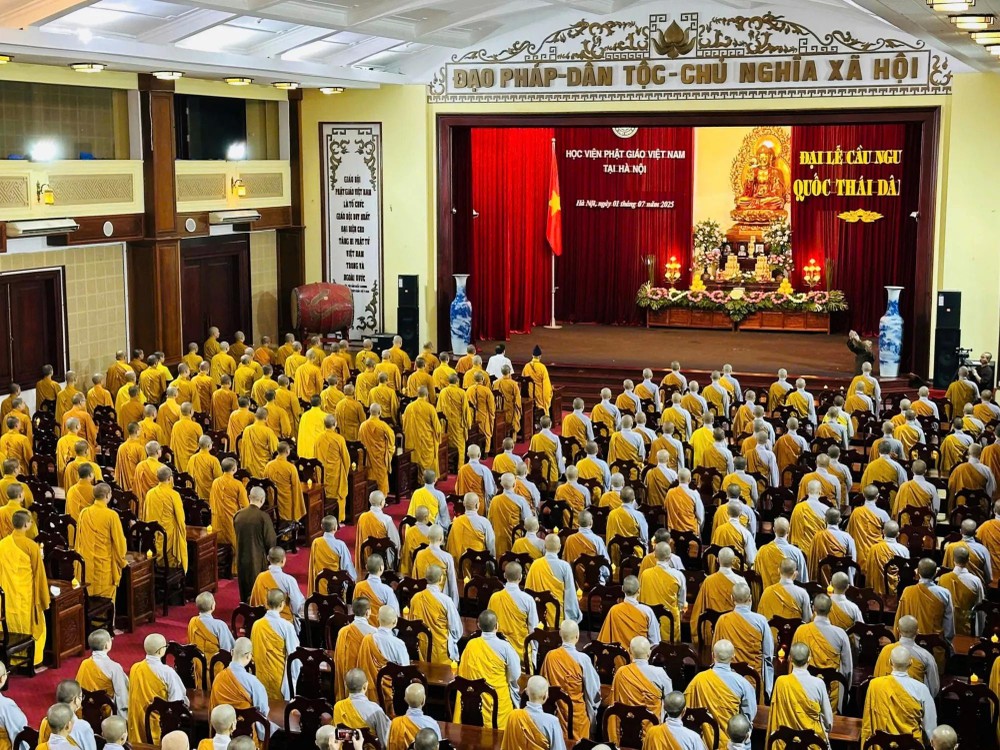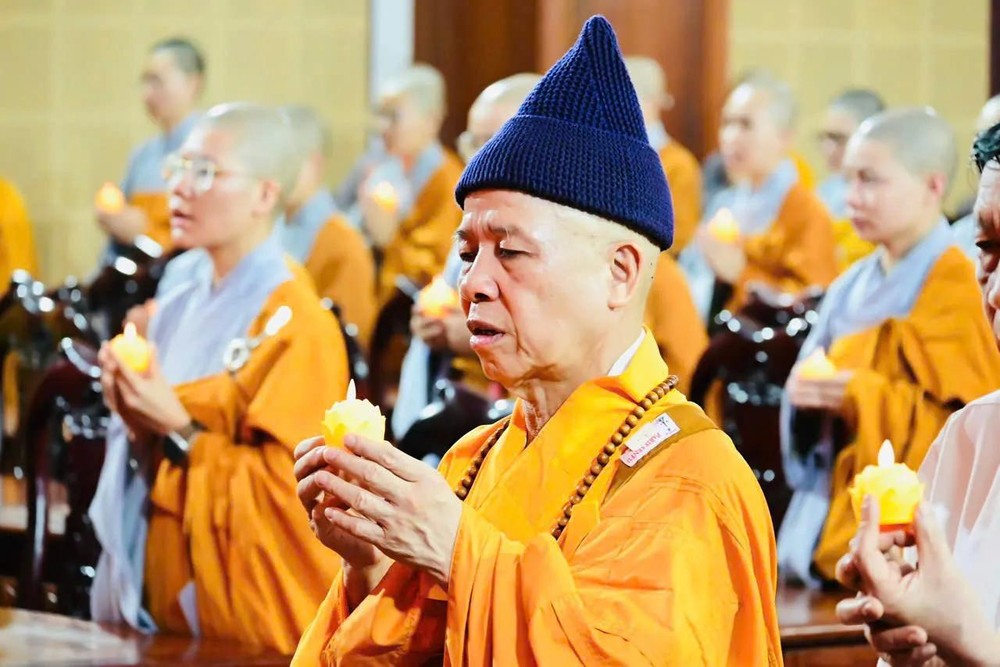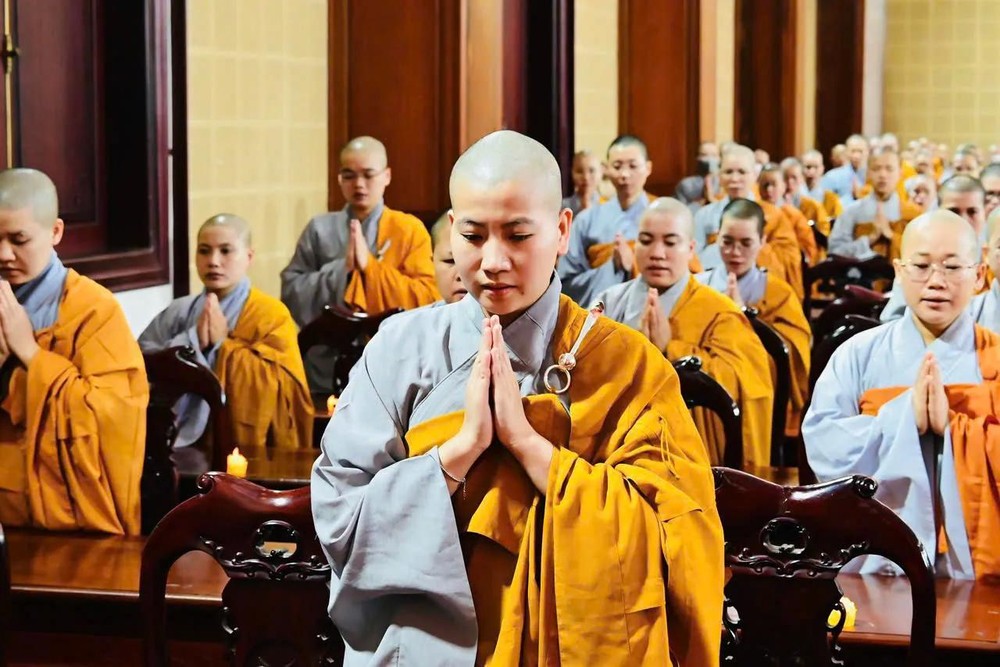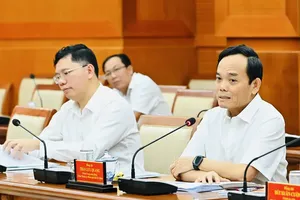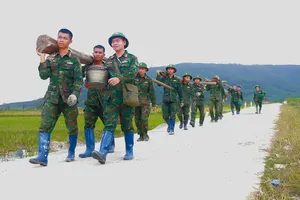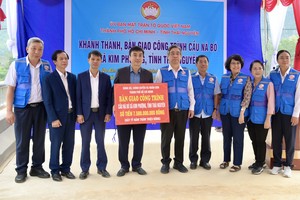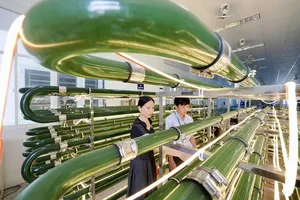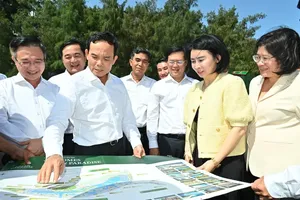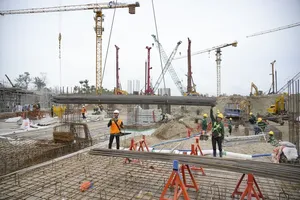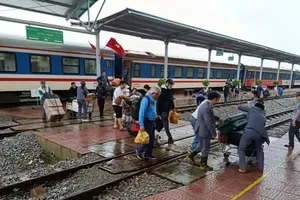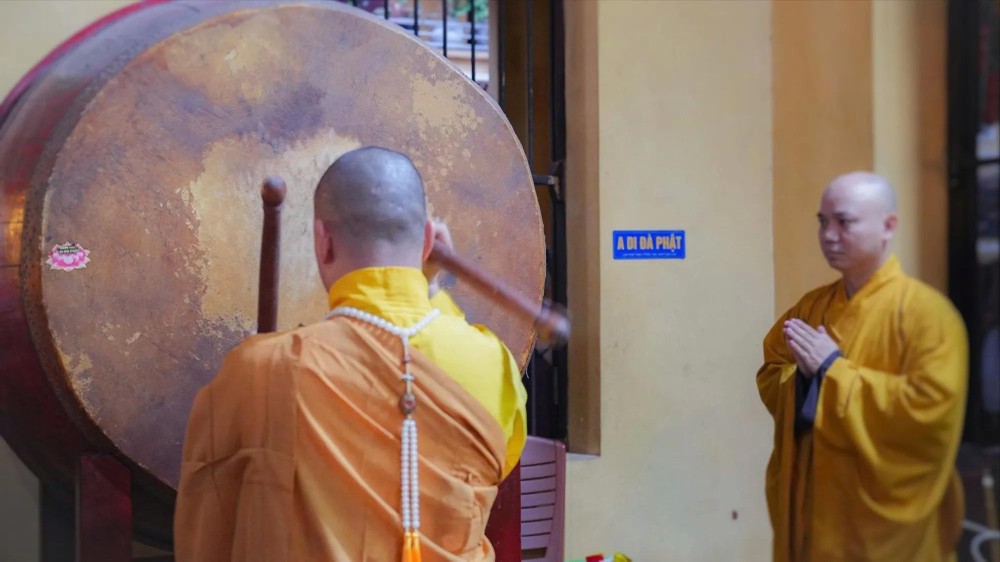
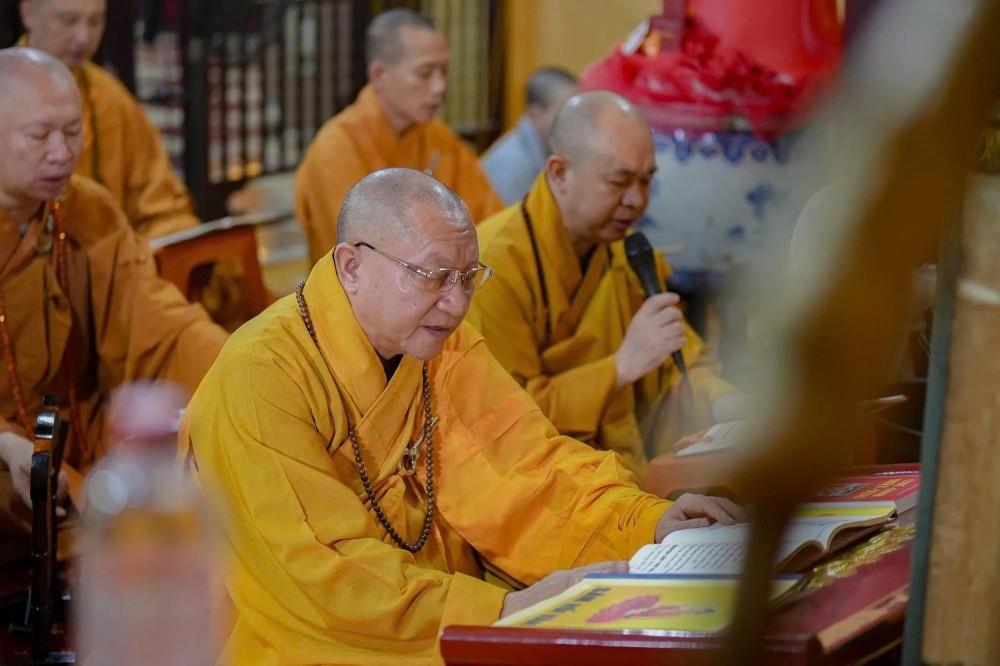
As early as 5 a.m., hundreds of Buddhist devotees gathered at Quan Su Pagoda to take part in the ceremonial ringing of bells and drums.
According to the Executive Council of the Vietnam Buddhist Sangha (VBS), July 1 marks the official start of the new two-tier local government model in provinces and cities across the country following recent administrative restructuring. It is a historic event of special significance, marking a pivotal transition for the nation on its path toward prosperous and sustainable development.
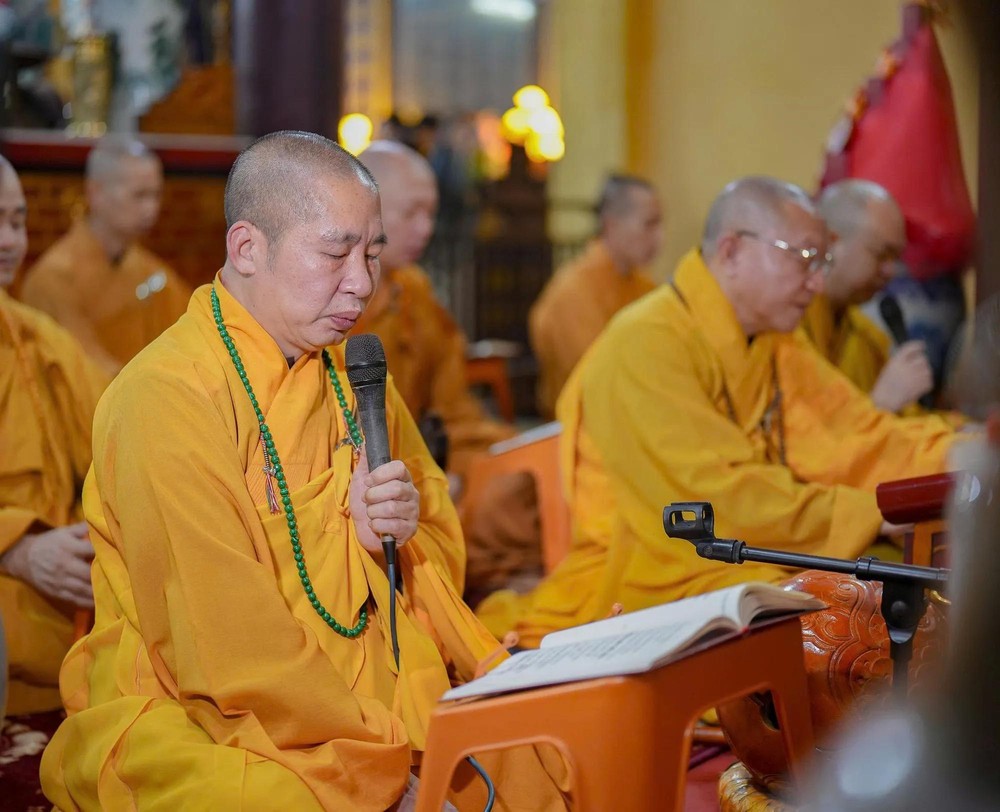
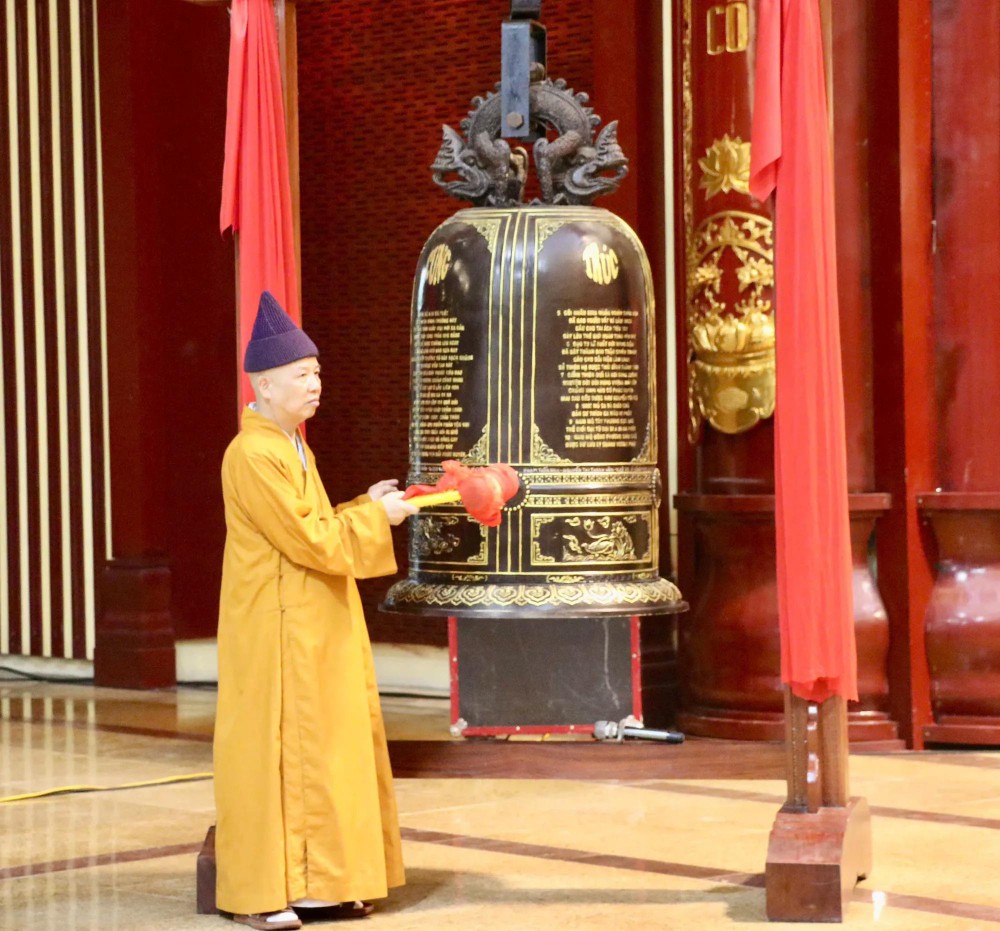
At Quan Su Pagoda, in an atmosphere of solemnity and serenity, hundreds of Buddhist followers chanted in unison, praying for national peace and the well-being of the people.
Earlier, at midnight on July 1, nearly 1,000 monks and nuns solemnly held a grand prayer ceremony for national peace and prosperity at the Vietnam Buddhist Academy in Hanoi.
The ceremonial ringing of bells and drums took place at a sacred moment, marking a historic turning point for the nation as it entered a new era of development. The spirit of Buddhism will continue to walk hand in hand with the country.
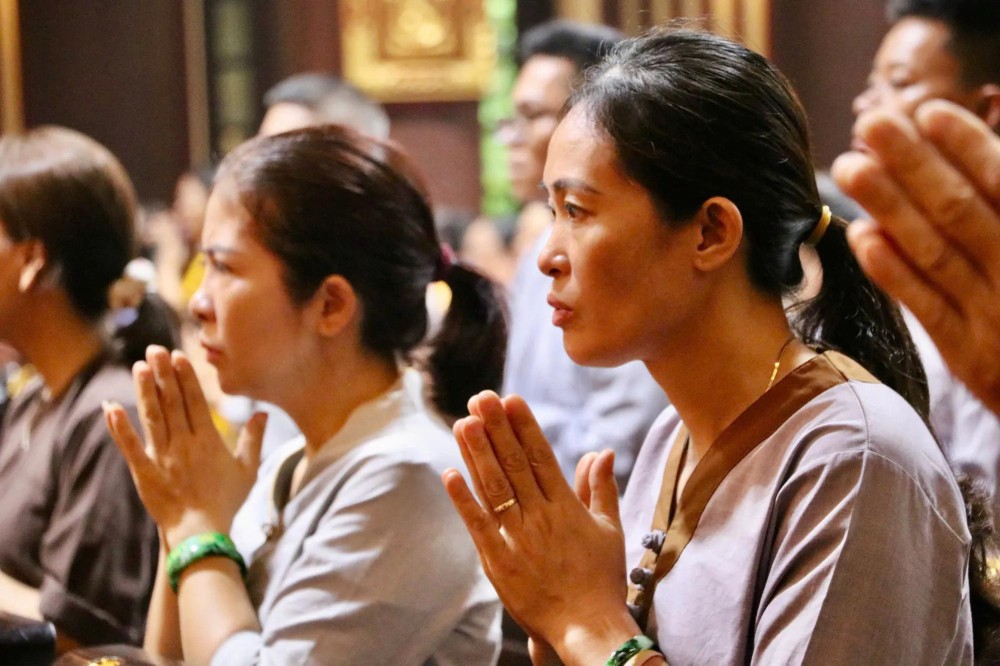
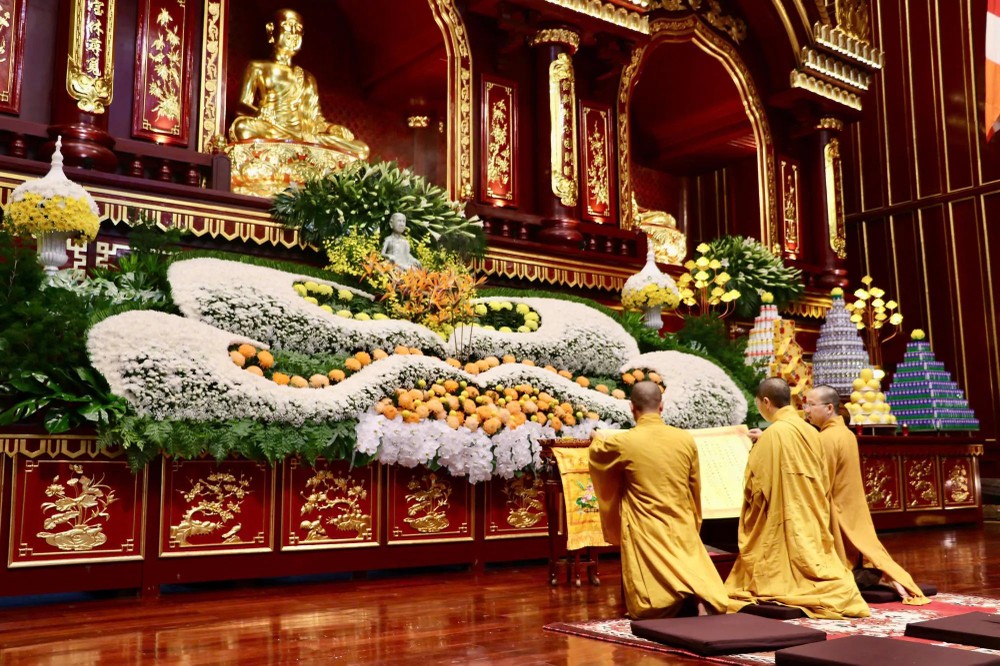
Most Venerable Thich Thanh Quyet, Vice Chairman of the Vietnam Buddhist Sangha (VBS)’s Executive Council and Rector of Vietnam Buddhist University (VBU) in Hanoi, emphasized that this was an especially sacred moment of the dawn of a new day, a new hour, and a new minute, marking the beginning of a new era and new opportunities for the nation.
Monks, nuns, and Buddhist followers consistently stand alongside State agencies, Party committees, and local governments. The Vietnam Buddhist Sangha continually encourages the people to uphold the policies and guidelines of the Party and the State. Through this, Buddhism supports the Party and the State in uniting the nation and religious communities into a cohesive whole to enter a new era marked by success, joy, and fulfillment, Most Venerable Thich Thanh Quyet said.
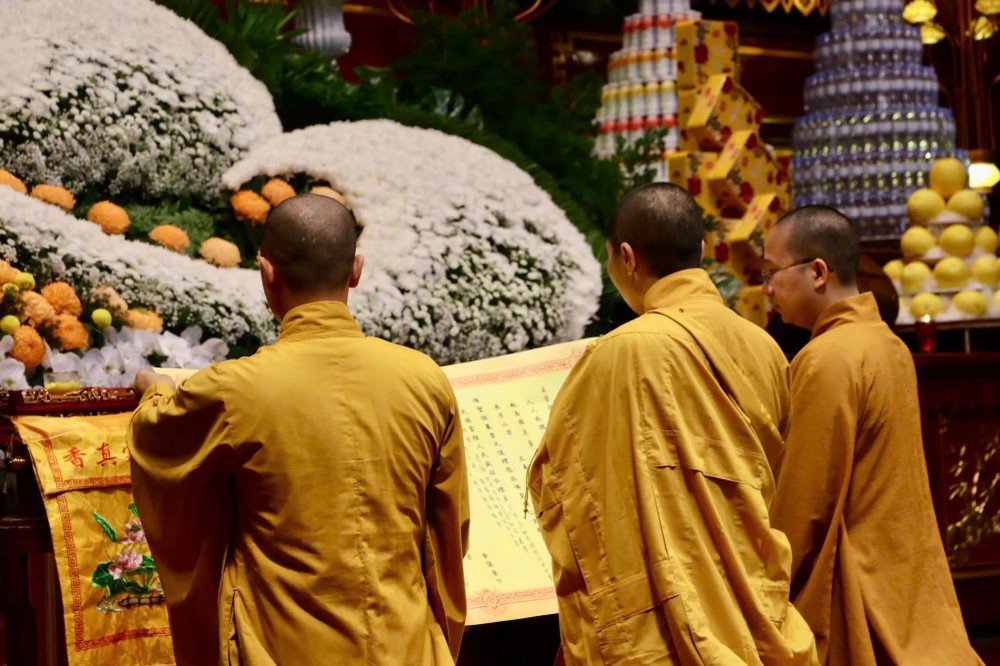
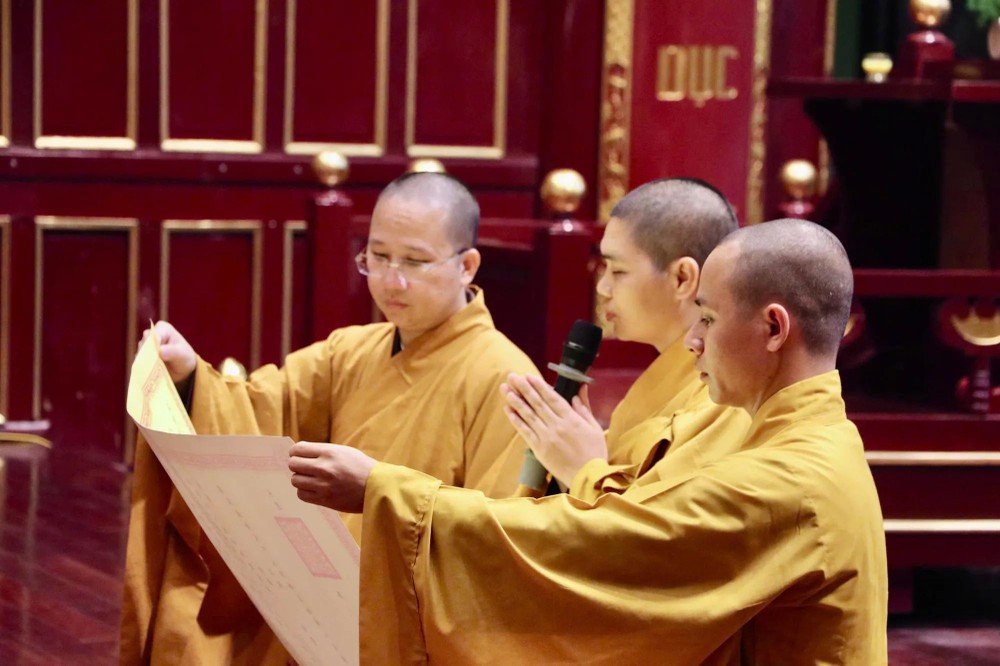
Amid a nationwide push for administrative reform, the Vietnam Buddhist Sangha (VBS) has proactively reorganized and streamlined its structure in accordance with Circular No. 256 issued by its Executive Council.
A key aspect of this restructuring involves the suspension of district-level Executive Committees in many localities, a significant transformation that reflects the Sangha’s commitment to accompanying the nation in optimizing its administrative apparatus, thereby enhancing operational efficiency and effectiveness.
